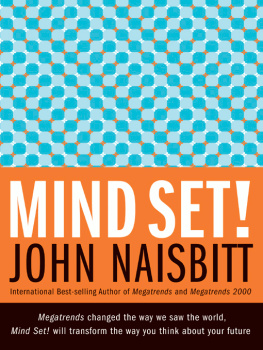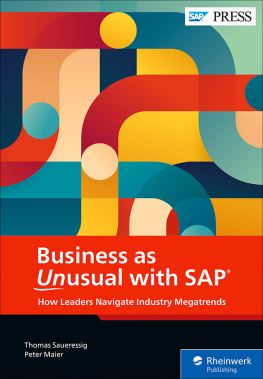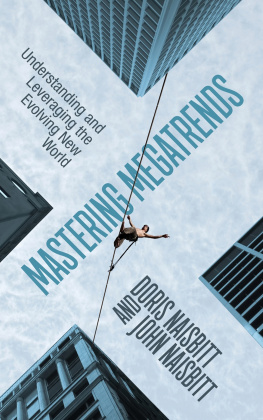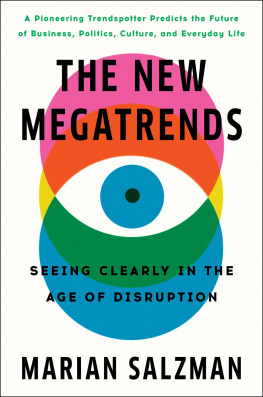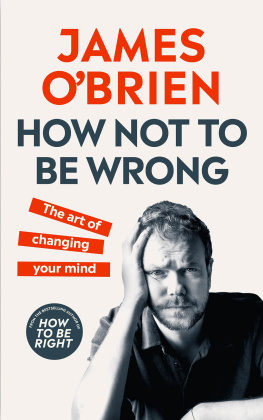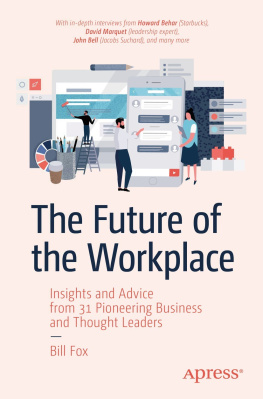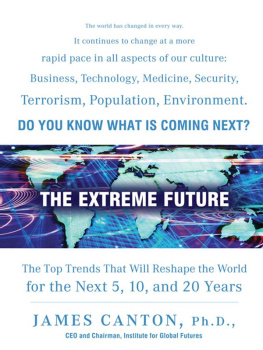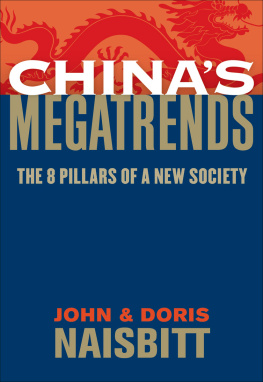I grew up on a sugar beet farm in southern Utah in a Mormon community called Glenwood, where most of the no more than 200 men, women, and children were my aunts, uncles, or cousins. As the mountains of Utah enclosed our valley, Mormon rules destined our lives. Life was preordained, and my assignment would be to become a missionary. For two years I would go wherever my church would send meyou dont say no when God is calling you.
I was a little boy when first doubts rose. An ear infection had become chronic and pain had been punishing me with no relief, until my uncle Arnold broke a Mormon rule. Even though smoking was strictly forbidden, he was a smoker. He blew the smoke from his cigarette into my inflamed ears and each time, over more than a year, achieved what no other treatment had accomplished. It eased the pain, and it was entirely outside my mindset. One of my lasting memories of those very early days was the times three or four of my big farmer uncles came to bless me, to heal me, through the laying on of hands. But never with the comforting result I got from my uncle Arnold.
I started to wonder about the world around me; I experienced a growing desire to explore. What else might there be in this world that my immature mind knew nothing about? I questioned what in my world should have been a given.
Curiosity was the first step, and soon I was sure I wanted to get out of Utah. When I was 17, I saw my chance. I joined the Marines, and, as they say, saw the world, even beyond what they had in mind. The door into this new world truly opened when for the first time I began to read books. It was a world where everything seemed possible.
Since the days I left Utah, the world has been like those books I opened; turning page after page, each page teaching me something new.
Now, looking back these many years later, I can see that my curious mind carried me through many adventures: through being a marine, through my radical period as student president of the University of Utah when I fought for free speech and civil rights, my studies at Harvard and Cornell, my time as editor of the Great Books Foundation working for Robert Hutchins and Mortimer Adler, and my three-year cycles in the corporate world in which I left whenever my learning curve began to flatten.
My years in politics instructed me in the art of the possible, from running for Congress at the age of 25 to my time in Washington, where President Kennedy installed me as assistant commissioner of education. After his assassination in November 1963, I stayed on in Washington, becoming assistant to John Gardner when he was secretary of the Department of Health, Education, and Welfare, and eventually working for the White House doing special projects for President Lyndon Johnson.
The 1960s was perhaps the most turbulent decade in U.S. history since the Civil War. Our cities and flags were burning and corporate America was scared. Civil rights and antiwar movements drew millions of people into the streets, and students were occupying hundreds of college campuses.
In July 1964 President Johnson signed the Civil Rights Act to eliminate the last vestiges of injustice in America. A great bundle of legislation followed. In 1965 I was asked to find out what the impact of all of his Great Society legislation would have on the country. A fascinating obligation, but it seemed impossible to find out what was going on at the time, let alone what the impact of the legislation on Americas future would be. In spite of this compelling consideration, I could no longer bear Johnsons obsession about winning the war in Vietnam at any cost (I will not be the first president to tuck tail and run). I left the White House for an offer from IBM and became an assistant to Tom Watson, the chairman.
In April 1967 Detroit erupted in race riots. That summer Black Power advocates called for an armed revolution, and riots swept across the country. President Johnson rushed 4,700 paratroopers into Detroit, which had been nearly paralyzed by race riots. Mayor Cavanaugh said, This is like Berlin 1945. The president ordered new training for riot control of all National Guard units. The turbulence was fuelled the next year by the assassinations of Martin Luther King, Jr., and Bobby Kennedy. Around that time, the shift to the use of the word black instead of Negro began. Americas cities were burning, and companies did not know what was going on and what they should do. This instability fed my hunt for a mechanism to monitor the transition the country was going through. How could I really see where America was headed?
One day I bought a copy of the Seattle Times at an out-of-town newsstand in Chicago. The headline revealed that the local school board had voted a new reform package. My eyes went over the different local headlines of newspapers that the kiosk sold from all parts of the country. I suddenly realized that by reading all those local newspapers every day, I could recognize new patterns of change in the country. I could really figure out what was going on in the United States. I had found the keymy epiphany.
My entrepreneurial genes kicked in. I left IBM and Tom Watson, a job some of my colleagues would have cheerfully killed for, and with my last paycheck started my own company, Urban Research Corporation.
Before long my growing staff and I were monitoring and cataloguing 160 local daily newspapers. We focused on local events on the notion that the sum of what was happening locally was what was happening in the country. It was a multitude of occurrences that I saw through my own experiences and my way of thinking at the time. The summary of what we learned and what we made of it was published in a weekly report: Urban Crisis Monitor . Soon many companies became subscribers, and I began to give speeches about what I thought was going on in America.
In the following decade, I kept working with major corporations and learned more about American society through our content analysis method. Out of the highly localized database, I watched the general outlines of a new society slowly emerging and got a sense of the direction in which America was restructuring.
Although for me the changes were clearly under way, some of the new directions I saw seemed unlikely at the time. I risked displeasing the experts, who could have argued that describing the world in terms of shifting categories would be too simplistic. But I thought it was worth the risk. I felt that in a world where events and ideas were analyzed to the point of lifelessness, where complexity grew by quantum leaps, where the information din was so high that one had to shriek to be heard above it, people were hungry for structure. With a simple framework, we could begin to make sense of the world. And we could change the framework, as the world itself changed. All of this finally resulted in my writing Megatrends .

